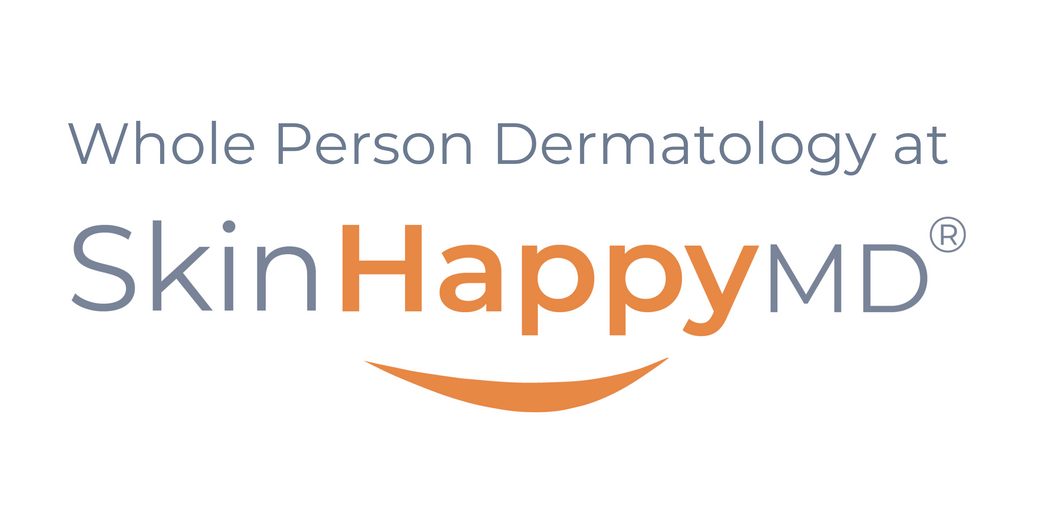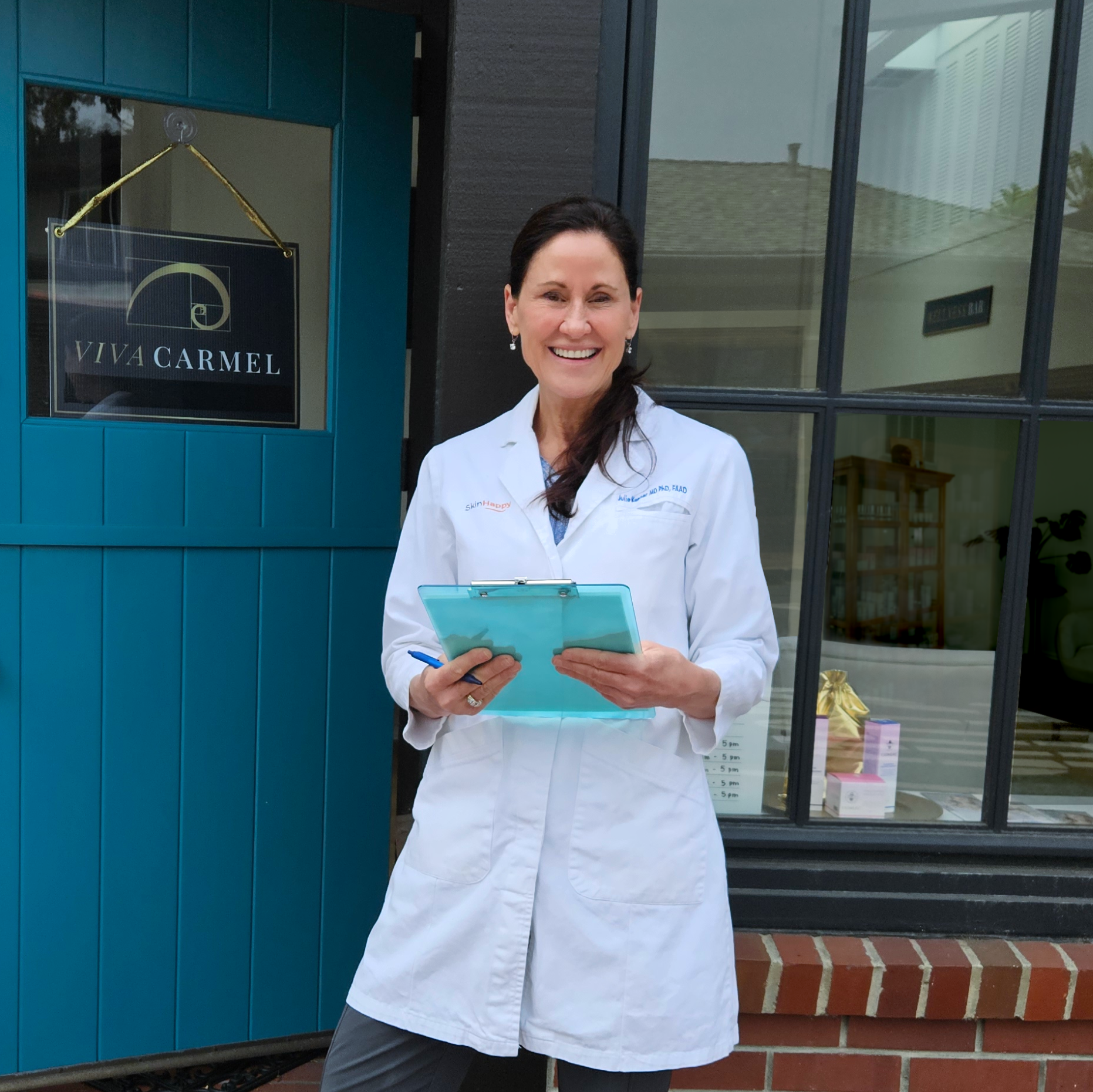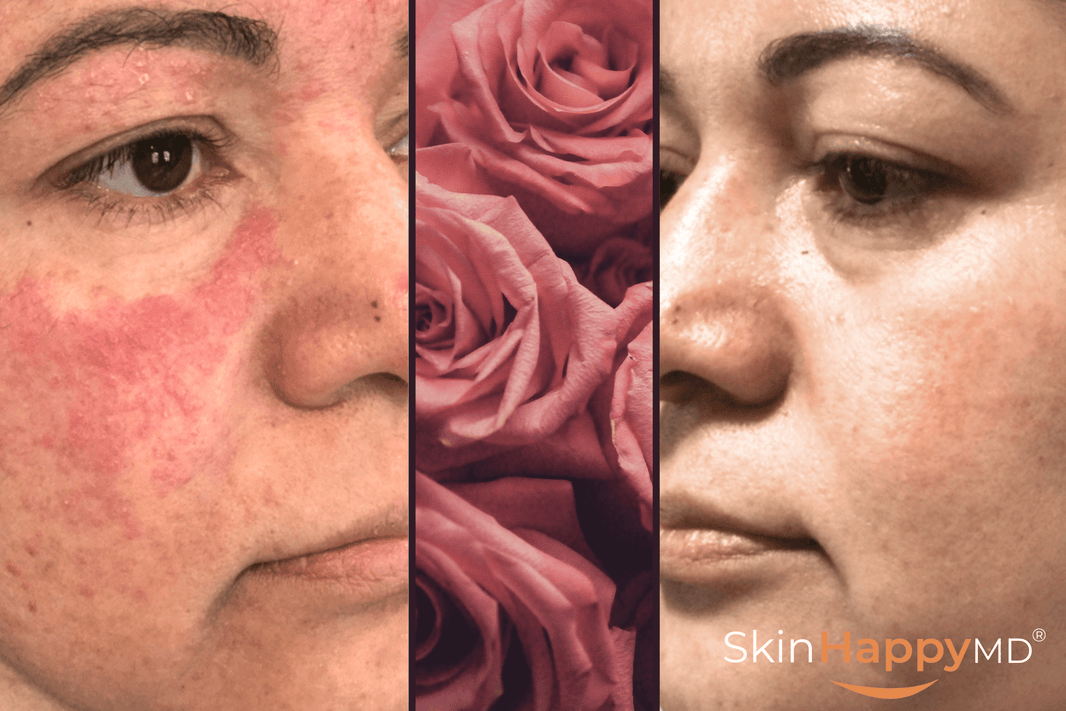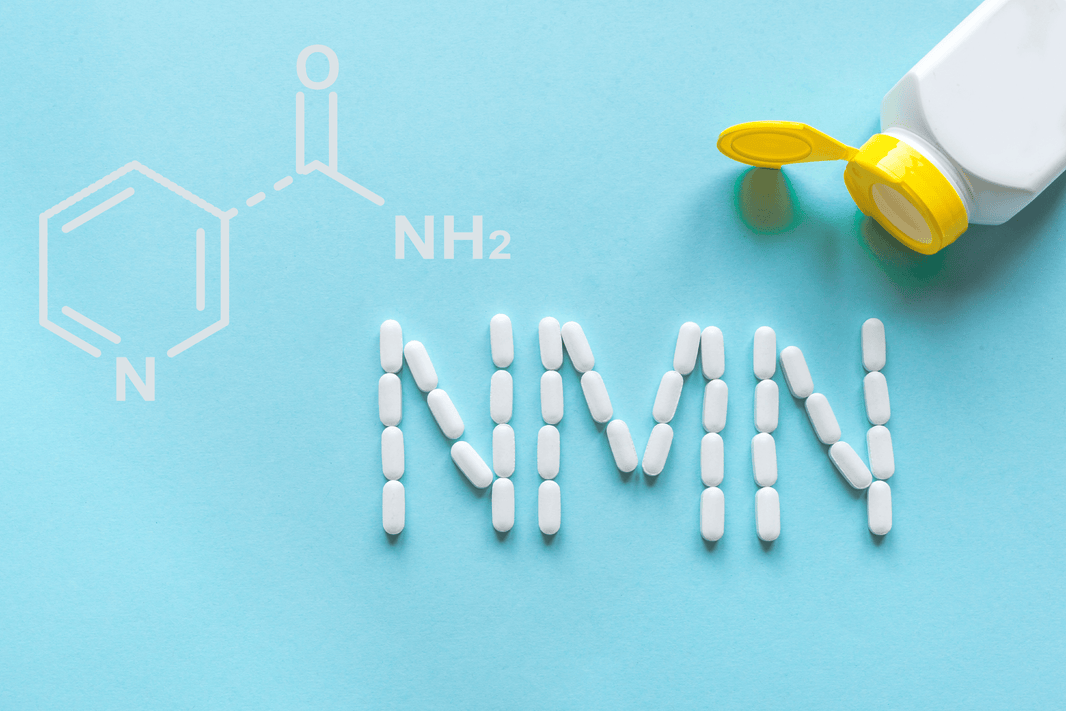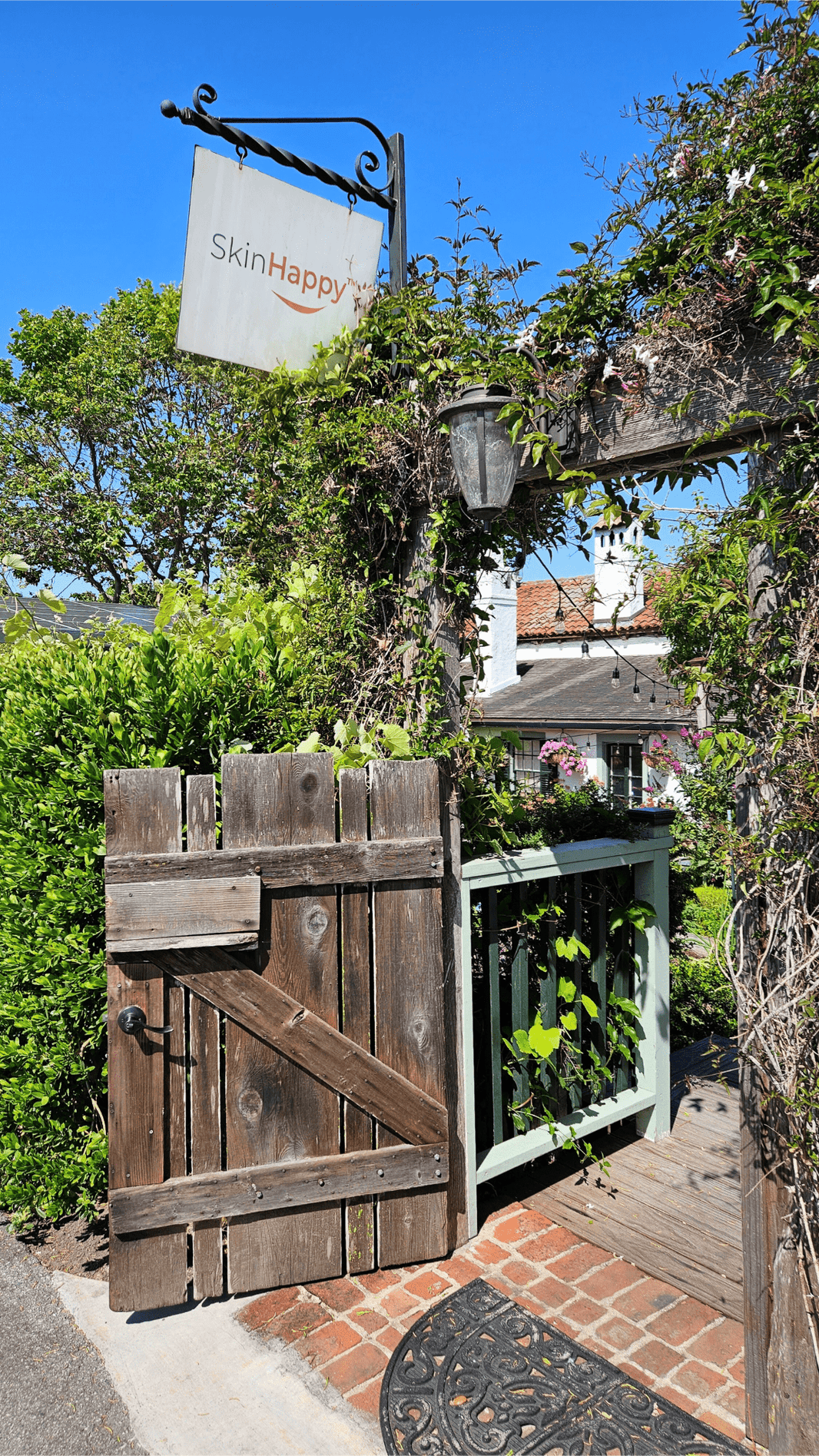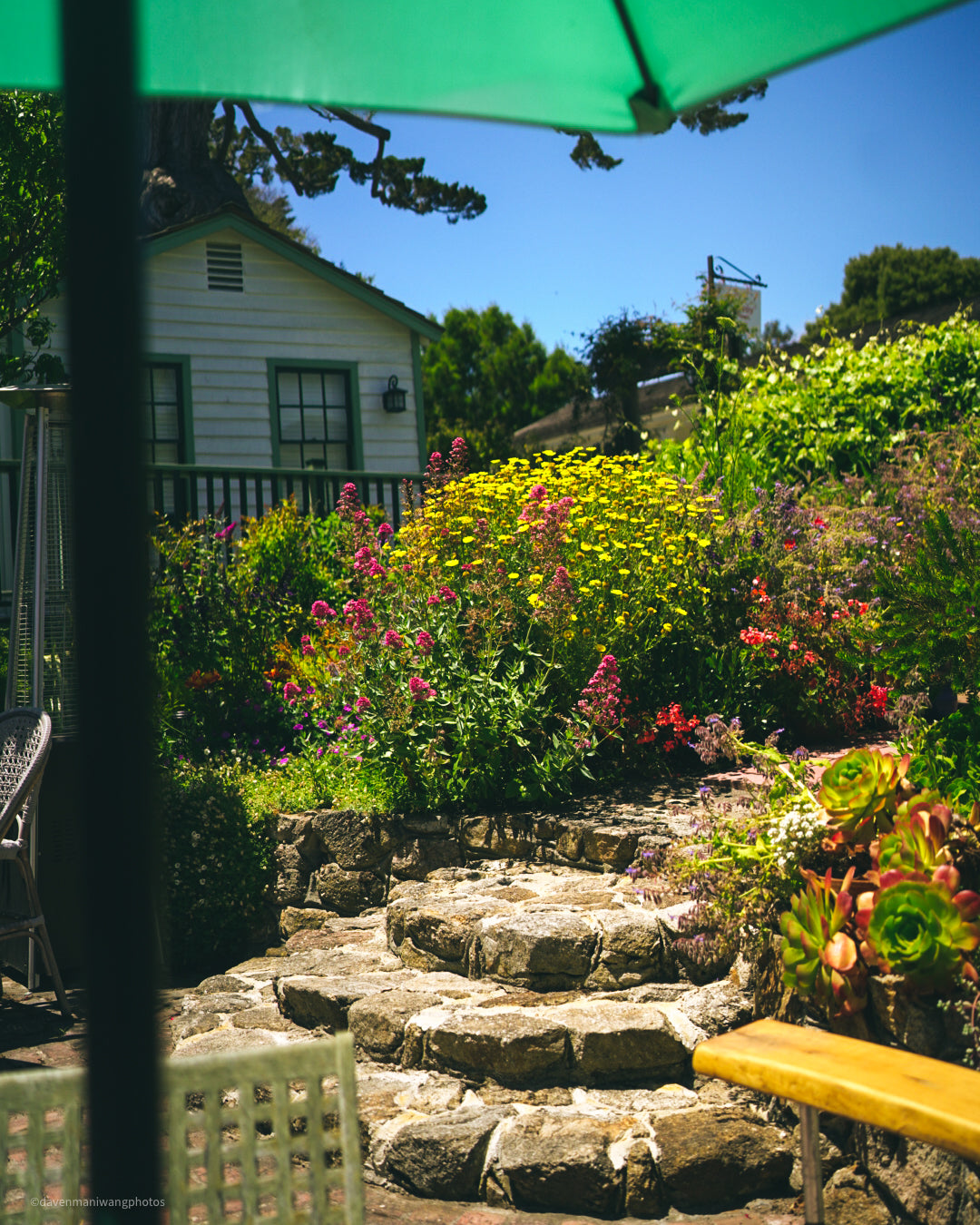As parents, we teach our kids to brush and floss their teeth every day because we understand the importance of cavity and gum disease prevention. The introduction of fluoride revolutionized oral health by providing children with a daily tool to actively strengthen their teeth and ward off damage before it occurs.
What if we had a similar attitude towards skincare? At SkinHappy and Viva Carmel, we believe that retinoids are like the fluoride of skin health. It's time to redefine the conversation around skincare for tweens and teens by reinforcing prevention as a fundamental component of skincare: use BOTH a broad-spectrum sunblock and a retinoid on a daily basis. If we repair daily sun damage along the way, we can help prevent it from accumulating into a severe problem later in life.
What are Retinoids?
Retinoids are a large class of molecules derived from vitamin A. They have been a cornerstone of dermatological treatment for over 50 years, used to treat common skin conditions like acne, milia, and rosacea, as well as slow and prevent advanced processes like aging and skin cancer. Retinoids bind with receptors in the cells, stimulating protective functions and promoting growth and turnover.
Vitamin A is naturally depleted from the skin by sunlight. When this happens, unhealthy and unattractive changes begin to occur, such as fine lines, sagging skin, reduced elasticity, discoloration, and increased sensitivity. We must replenish this necessary vitamin to prevent and repair damage.
The most effective way to deliver these key nutrients to the skin is to apply them directly to the areas exposed to the sun in a serum solution. Oral vitamins cannot deliver the necessary concentration of active ingredients, as they spread their ingredients evenly throughout the body, and they can be toxic if ingested in large amounts.
Not Just Sunscreen Anymore
Sunscreen is well-established as a basic component of skin care, and with increased public consciousness about the dangers of skin damage, we’ve moved on from the days of slathering on tanning oils. Our scientific awareness of the skin’s interaction with sunlight and vitamin A’s critical preventative functions shows that sunscreen alone is insufficient to prevent skin damage, and we have the ability to repair and prevent damage concurrently with retinoids.
Let’s now internalize a new best practice: use BOTH a broad-spectrum sunblock and a retinoid daily. Like brushing your teeth with fluoride and flossing daily promotes gum health and prevents disease, a lifetime of regular retinoid use and sun protection will protect your skin.
Light Contributes to Aging
From the moment we leave the womb, we start to incur changes to our skin through exposure to our surrounding environment. Although not visible to the naked eye, the changes occur on a cellular level in a continuous and compounding fashion.
In our youth, we might notice new freckles or moles, occasional sunburns, tanning, and dry skin, but we cannot see the initial internal damage that sunlight inflicts: the accumulation of mutational changes, the disruption in the skin barrier, the alterations in skin turnover, the laydown of poorly functioning elastotic tissue, the erosion of collagen, the disorderliness of the skin layers, and so on, until decades later…
And then, increasingly, larger changes appear in the mirror. We start to see wrinkles and loss of volume in the facial shape from the erosion of surface collagen, fat, muscle, and bone. These changes affect our perception of our beauty, emotions, and life choices.
Close to 90% of skin aging is due to the effects of light on our skin, most of this from ultraviolet light composed of UVA and UVB. In the past, most of our attention has been focused on UVB (the “burning rays”). The creation of SPF (Sun Protection Factor) indicates how effectively a product blocks the skin from the effects of UVB. We now understand, however, that UVA rays (the “aging rays”) can cause up to 50 times more damage due to their longer wavelength, which can penetrate clouds and windows and even through our skin to the bone. These sneaky UVA rays quietly affect the skin, accumulating damage whenever the sun pops over the horizon.
Sunscreens are a highly saturated market of products that can be difficult for consumers to understand. “Broad-spectrum” sunblocks indicate that the product contains ingredients that block both UVA and UVB rays, but ingredients can block different portions of the wide UVA spectrum. Even the most effective UVA/B blocker, zinc oxide, cannot protect against the longest portion of the UVA spectrum.
Behavioral factors also frequently put us at risk for sun damage. Most people don’t apply sunscreen in a thick enough layer, and on summer days full of fun, sunscreen reapplication rarely tops your kid’s to-do list. Simply put, we can never fully protect children from sunlight with sunscreen alone. Retinoids are sunscreen’s perfect partner to protect and prevent damage.
Retinoids for Youth
We traditionally think of retinoids as products for older people, used to repair the signs of aging that have already occurred. However, the most effective treatment is to prevent damage from happening in the first place and slow the aging process before visible changes happen. Retinoid use in childhood is a powerful preventative measure to preserve youthful skin later in life.
In the early teen years, hormones shift, and issues like acne and rosacea frequently begin. The use of a daily retinoid can change the course of these conditions and give confidence at a time when their self-image is particularly fragile. A consistent retinoid routine offers more than just damage prevention and clearer skin; it offers a sense of control, comfort, and confidence.
Unfortunately, many retinols have a bad reputation for side effects. Some prescription medications deliver retinoids orally, like isotretinoin (Accutane). This can cause significant side effects, including toxicity if it accumulates in the body. As our bodies aren’t evolved enough to deliver ingested nutrients specifically where they’re needed, the fat-soluble vitamin disperses throughout the entire body.
Topical formulations are more effective in delivering retinol directly to the skin where light damage occurs. However, most traditional topical retinoids are too harsh for young users or those with sensitive skin, often causing redness, peeling, or increased sun sensitivity.
Building Lifelong Habits with SkinHappy Gentle Retinoid Solution
That’s where our SkinHappy Gentle Retinoid Solution Series comes in!
Formulated by board-certified dermatologist and skin scientist Dr. Julie Kenner, this innovative product line uses a gentle storage form of retinoids that the skin recognizes and slowly converts as needed, just enough to support repair without irritation. Dr. Kenner recommends that children start on the lowest level and gradually progress to higher levels over time.
SkinHappy’s gentle retinoids are non-irritating, non-photosensitizing, and safe for even the most delicate areas, such as the eyelids. They can be mixed with sunblock or moisturizer for a super-simple, once-a-day routine. Think of it as skin training and a head start for your child’s health, just like brushing and flossing give their teeth a head start on oral hygiene.
Skin care doesn’t have to start when there’s a problem. In fact, the best time to begin repairing skin is before any visible damage shows up. With the SkinHappy Gentle Retinoid Solution Series, you’re not just giving your tween better skin today, but also building the foundation for healthier, more resilient skin for decades to come.
Ready to Start?
Explore our SkinHappy Gentle Retinoid Solution Series, custom-formulated for young, sensitive skin and trusted by families who want to take the smart, science-backed approach to lifelong skin health.
It’s never too early to be SkinHappy!

